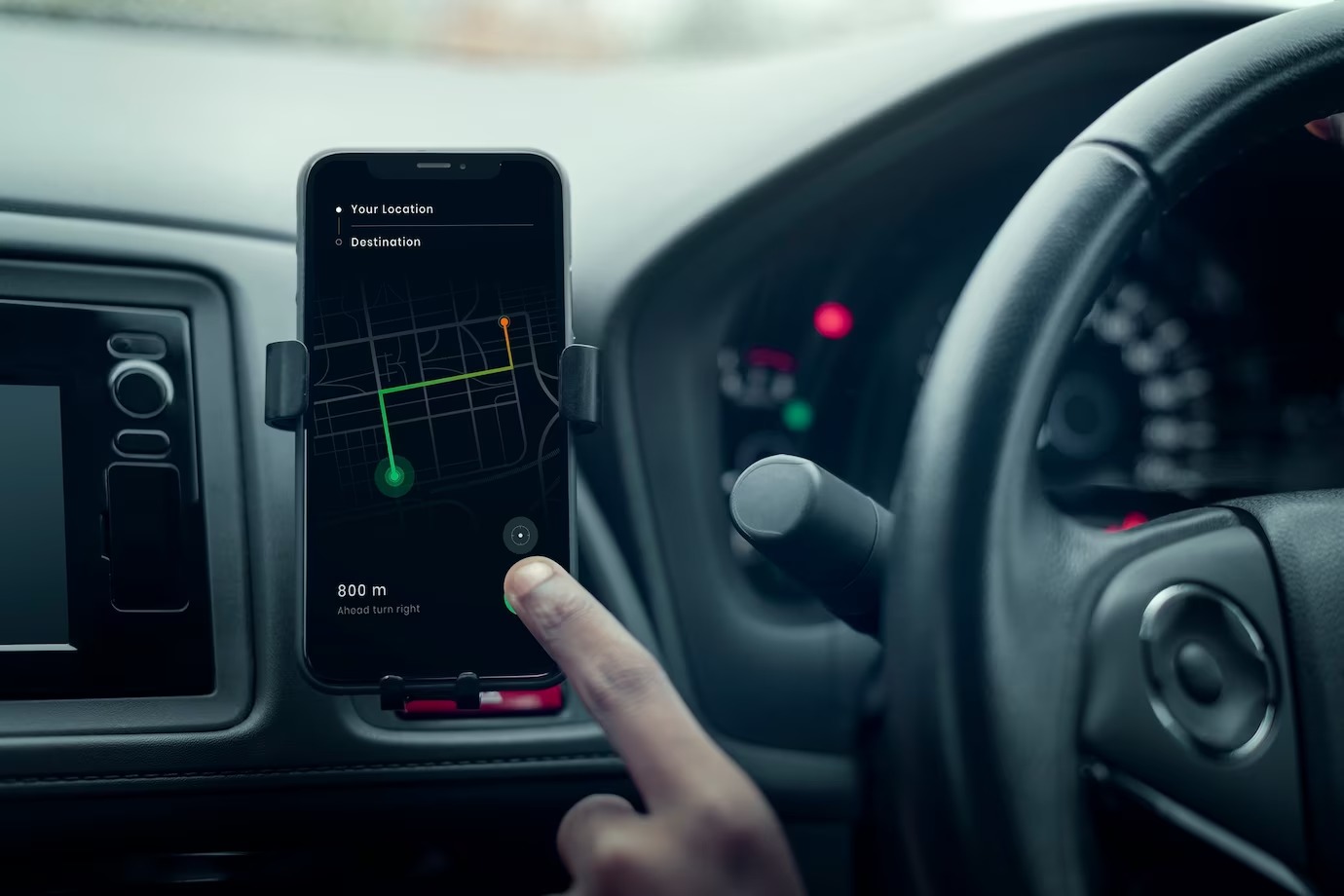AI in Transportation Advancements in Autonomous Vehicles
Artificial intelligence (AI) is fast converting the transportation industry, with autonomous vehicles (AVs) at the forefront of this change. AVs are vehicles that can operate without human input, using a combination of detectors, cameras, and artificial intelligence to navigate the road.
There have been significant advancements in AV technology in recent times. In 2018, Waymo became the first company to get a permit to operate a completely independent vehicle in California. Since also, other companies, similar to Uber, Cruise, and Argo AI, have also launched AV testing programs.
These advancements have led to a growing excitement about the eventuality of AVs to revolutionize transportation. AVs have the eventuality to better safety, reduce business traffic, and make transportation more accessible to people with disabilities. They could also give new transportation options, similar to on-demand transportation, and participate in independent hacks.
still, there are still challenges that need to be addressed before AVs can become a reality. One challenge is the need for further data to train AVs. AVs need to be suitable to learn how to navigate in a variety of different surroundings, and this requires a lot of data. Another challenge is the need for better detectors and cameras. AVs need to be suitable to see and understand their surroundings in order to operate safely, and current detectors and cameras aren’t always up to the task.
Despite these challenges, the eventuality of AVs is certain. AVs have the eventuality to make transportation safer, more effective, and more accessible. As the technology continues to develop, we can anticipate seeing further AVs on the road in the times to come.
They are some of the benefits of Avs
- Increased safety: AVs can be programmed to follow traffic laws and avoid dangerous situations. This could lead to a significant reduction in traffic accidents.
- Reduced traffic: traffic AVs could communicate with each other to coordinate their movements, which could help to reduce traffic traffic.
- Increased availability: AVs could give new transportation options for people with disabilities.
- Advanced effectiveness: AVs could be used to optimize traffic inflow and reduce the quantum of wasted energy.
They are some of the challenges of AVs
Specialized challenges AVs bear a lot of sophisticated technology, and there are still some specialized challenges that need to be addressed. For illustration, AVs need to be suitable to deal with changeable situations, such as bad rainfall or road construction.
- Legal challenges: There are still some legal challenges that need to be addressed before AVs can be extensively espoused. For example, it isn’t yet clear who would be liable if an AV were to beget an accident.
- Public acceptance: There’s still some public dubitation about AVs. Some people are concerned about the safety of AVs, and others are upset about the impact of AVs on jobs.
Overall, the implicit benefits of AVs are significant. yet, there are still some challenges that need to be addressed before AVs can become a reality. As the technology continues to develop, we can anticipate seeing further AVs on the road in the times to come.

Share in your social media if this article is useful









